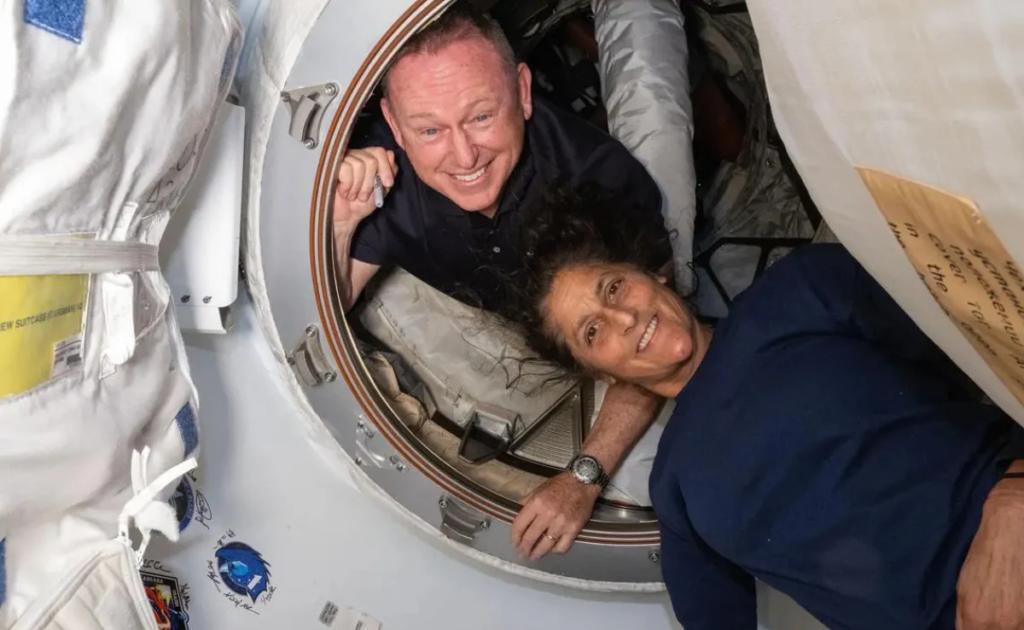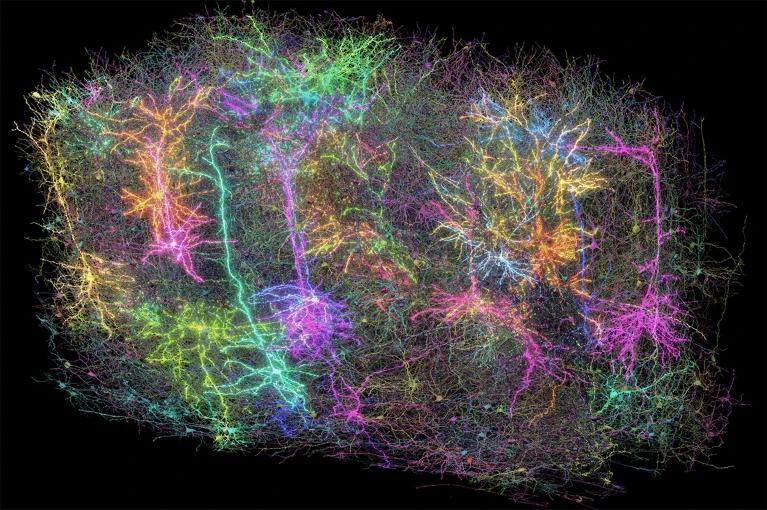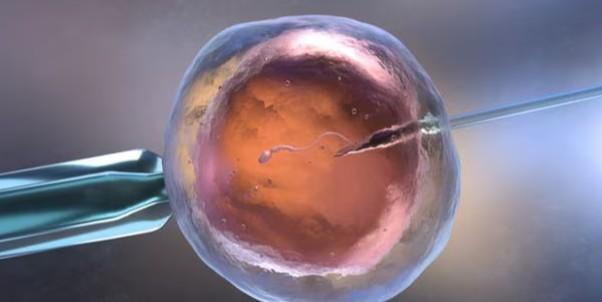
How Earth’s Gravity Will Challenge Sunita Williams and Butch Wilmore on Return from Space
In just a few weeks, astronauts Sunita Williams and Butch Wilmore will be returning to Earth after spending eight long months in space. Their journey to the International Space Station (ISS) was a remarkable feat, but the real challenge lies ahead – adjusting to Earth’s gravity. For these space travelers, the sudden shift will be a daunting task that will test their physical limits.
As they prepare to return to solid ground, experts at NASA are already preparing them for the rigors of re-adaptation. The space agency is well aware that the prolonged exposure to microgravity can have significant effects on the human body. The muscles, bones, and cardiovascular system are all affected in various ways, making it difficult for astronauts to perform even the simplest tasks.
Sunita Williams, a NASA astronaut with a wealth of experience in space travel, is no stranger to the challenges of re-entry. However, even for her, the transition back to Earth’s gravity will be a significant hurdle. “It’s going to be a big change for me,” she admits. “I’ve been used to floating around in space for so long that even simple tasks like walking or standing will feel like a challenge.”
Butch Wilmore, a NASA astronaut with a background in engineering, is also preparing himself for the transition. “I’m expecting it to be a bit of a struggle at first,” he says. “My body has adapted to the microgravity environment, and it will take some time to adjust to the gravitational forces on Earth.”
So, what exactly happens when astronauts return to Earth’s gravity? The effects are multifaceted and can be quite debilitating. For starters, the muscles, which have adapted to the microgravity environment, begin to feel weak and fatigued. Even simple tasks like walking, standing, or climbing stairs become exhausting.
Another issue is fluid redistribution. In space, fluids tend to shift towards the head and upper body due to the lack of gravity. When astronauts return to Earth, this fluid shift can cause a range of symptoms, including headaches, dizziness, and even vision problems.
The cardiovascular system is also affected. Prolonged exposure to microgravity can cause the heart to become less efficient, leading to a range of cardiovascular issues. This can include increased blood pressure, heart rate, and even arrhythmias.
To mitigate these effects, NASA has developed a comprehensive rehabilitation program to help astronauts readjust to Earth’s gravity. The program, which is tailored to each astronaut’s specific needs, includes a range of exercises and therapies designed to restore muscle strength, balance, and coordination.
Astronauts will also undergo a series of tests to monitor their physical and mental health. This includes cardiovascular assessments, balance tests, and even cognitive evaluations. These tests will help scientists and medical professionals identify any potential issues early on, allowing for prompt intervention and treatment.
In addition to these physical challenges, astronauts will also face psychological and emotional challenges. The prolonged exposure to microgravity can cause feelings of isolation, disorientation, and even depression. To address these issues, NASA has developed a range of support programs, including counseling sessions and group therapy.
As Sunita Williams and Butch Wilmore prepare to return to Earth, they are aware of the challenges that lie ahead. However, they are also confident in their ability to adapt and overcome the challenges of re-entry. “We’re well-prepared for this,” says Williams. “We’ve been training for months, and we’re confident that we’ll be able to adjust to the gravitational forces on Earth.”
For Wilmore, the experience will be a valuable learning opportunity. “I’m looking forward to experiencing the effects of re-entry firsthand,” he says. “It will be a unique challenge, but one that will help us better understand the effects of microgravity on the human body.”
As NASA’s astronauts return to Earth, they will be carrying with them a wealth of knowledge and experience. The data collected during their time in space will help scientists and medical professionals better understand the effects of microgravity on the human body, paving the way for future space missions and potentially even human settlements on other planets.
For Sunita Williams and Butch Wilmore, the journey back to Earth will be a challenging one. However, with the support of NASA’s rehabilitation program and the expertise of medical professionals, they will be able to overcome the effects of re-entry and return to their normal lives.






